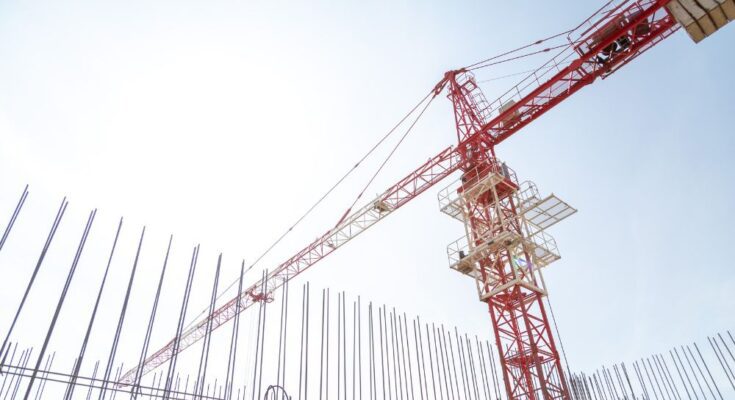At the heart of many construction projects are the lifelines that make it all happen. The rough terrain crane is one type of heavyweight hero in the construction saga that won’t let much get in its way. Before considering one for your construction project, here’s everything you need to know about rough terrain cranes.
What Are Rough Terrain Cranes?
Rough terrain cranes are a subset of crane types engineered to take on off-road applications. Their defining feature is the set of rubber tires specifically designed for rough terrains. These cranes, built with considerable ground clearance, a higher approach, and all-wheel steering, are the 4x4s of the lifting world.
Features and Components
These mammoth cranes boast sturdy frames and cabins designed with operator comfort and high visibility in mind. The lifting prowess comes from a telescoping boom, sometimes supplemented with a jib. This machine also comes with user-friendly controls, high lift capacities, and specialized suspension systems.
Applications in Construction
Rough terrain cranes are the backbone of construction projects that demand agility and mobility. Think of them as the linchpin of building bridges, erecting steel structures, and maneuvering around the constricted areas of a job site. These cranes are particularly useful in the early stages when the terrain is uncooperative.
Safety Considerations
Operating a rough terrain crane requires special training due to the uneven and potentially unstable landscapes it navigates. Assiduous safety protocols are a must. Safety considerations range from assessing the load capacity for the given terrain to appropriately supporting the crane during operation.
Choosing the Right Rough Terrain Crane
Selecting the right crane for your project involves considering the crane’s load capacity, the height and reach required, and the specifics of the terrain it will be operating on. Consulting with rigging professionals to assess and plan the operation will ensure both efficiency and safety.
Now that you have everything you need to know about rough terrain cranes, you can determine if one is necessary for your construction project. Whether you’re averting a landslide in progress or placing the final touches on a remote structure, the rough terrain crane will be there as your lifting brawn.



